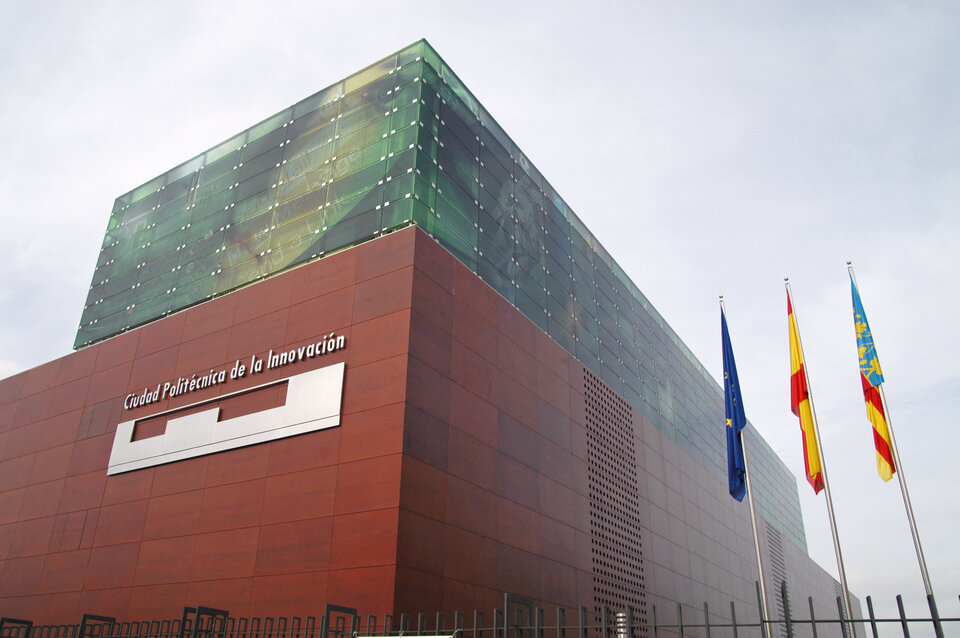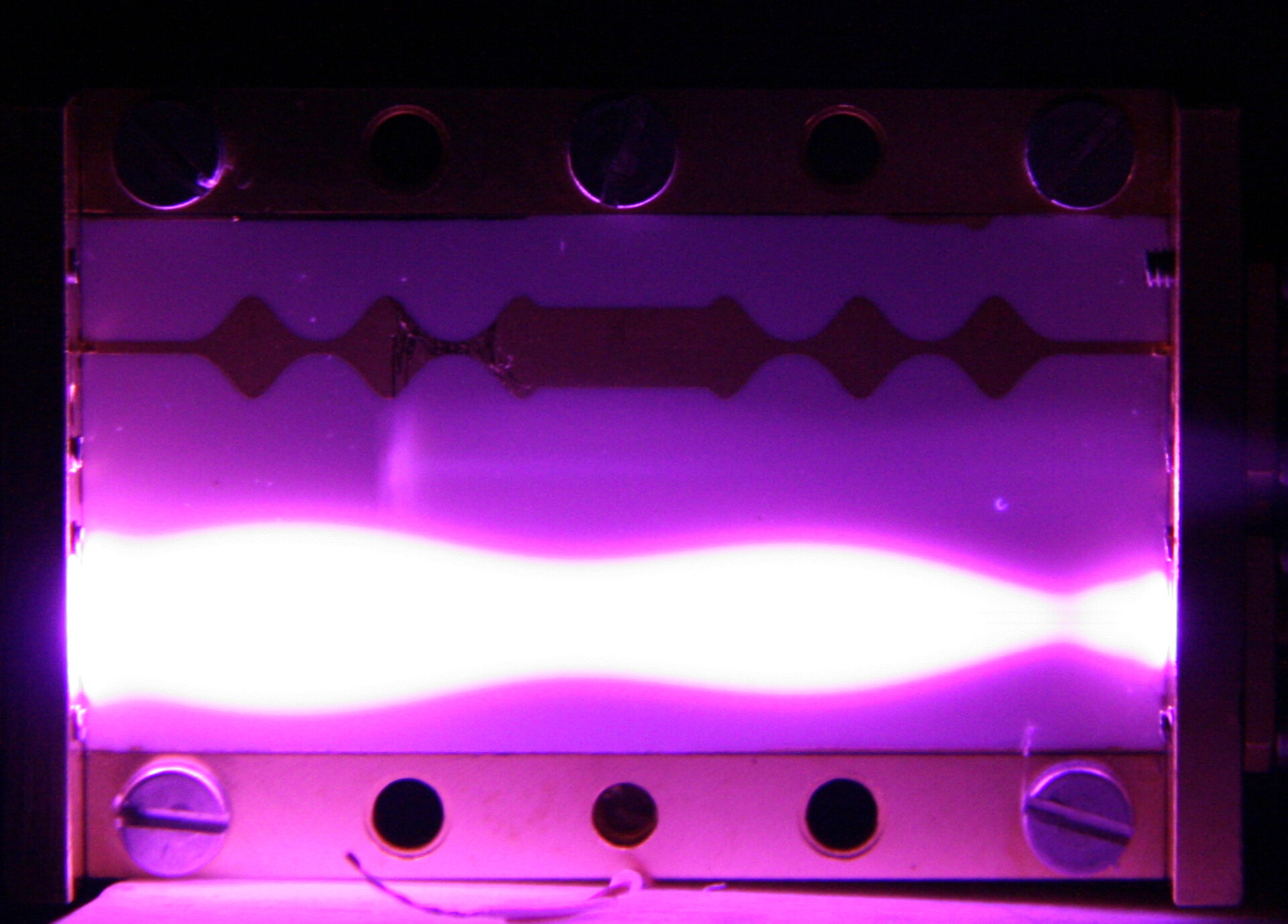ESA’s High Power RF Laboratory transferring to Spain
ESA’s Laboratory tasked with investigating high power radio frequency phenomena is moving from ESTEC in the Netherlands to Valencia in Spain.
The High Power Radio Frequency (RF) Laboratory (*) is part of the Agency’s RF Payload System Laboratories. It investigates various complex effects associated with prolonged high power RF operation in vacuum conditions. ESA has entered into negotiation with the Valencia Space Consortium (VSC) – a non-profit organisation set up by Valencia’s two universities, its regional government and municipality – to host the RF Laboratory in future.
The decision follows an announcement of opportunity issued during the summer of 2009 in search of a partner to provide competence and facilities to support to the operation, maintenance and development of the High Power RF Laboratory. Of the proposals received, Valencia’s response offered widely-recognised expertise and provided the most attractive infrastructure overall, respecting the established independence of the ESA laboratories and open access for all ESA member states.

This search for cooperation represents an extension of previous agreements entered into by ESA when a specific, much specialised high technology domain needs significant test facilities and dedicated expertise. To this end the Agency maintains a Europe-wide network of external laboratories, such as Spasolab and MELiSSA in Spain, Millilab in Finland and the Microelectronics Technology Support Laboratory (MTSL) in Ireland.
The new facility will be located within the Technical University of Valencia campus, specifically within its scientific and technological park called “Ciudad Politécnica de la Innovación”, and in the Faculty of Physics of the Burjassot campus, belonging to the University of Valencia.
The schedule envisaged is to complete negotiations by the end of March and for the High Power RF Laboratory to restart operations in Spain in July. The aim is to minimise interruption due to the transfer.

The transferred facility will remain ESA’s High Power RF Laboratory, and its manager will be a detached ESA member of staff. Existing Laboratory equipment will be transferred on loan to the partner organisation, complementing its own equipment. As is the current situation at ESTEC, the High Power RF Laboratory will be available for some limited test activities for industry but its operation will be driven by the standard priorities shared by all ESA laboratories – to support testing for ESA projects and provide support for ESA research and development as well as standardisation.
Both partners will provide similar levels of resources for yearly maintenance. Besides a manager, the plan is to run the High Power RF Laboratory with a basic team of technicians as well as allow the support of a number of PhDs or research Fellows from all over Europe.
By relocating the High Power RF Laboratory to Valencia, ESA is also giving local and national authorities and academia the opportunity to maximise the utilisation of this specialised facility both in terms of research and education, not only for space but also other hi-tech domains.
Further information can be obtained from Philippe Perol, Head of ESA’s Electrical Engineering Department (Philippe.Perol @ esa.int).
(*) Note for Editors
High power RF phenomena such as ‘multipactor breakdown’ – where induced electric current can damage RF devices – and ‘Corona discharge’ – where residual gases are ionised by RF signals – are complex effects linked to the amount of power applied to RF hardware. They can limit a system’s performance or lead to total breakdown. The detailed knowledge of such effects gathered by the High Power RF Laboratory is vital for satellite telecommunications or powerful radar systems used for observing the Earth.




